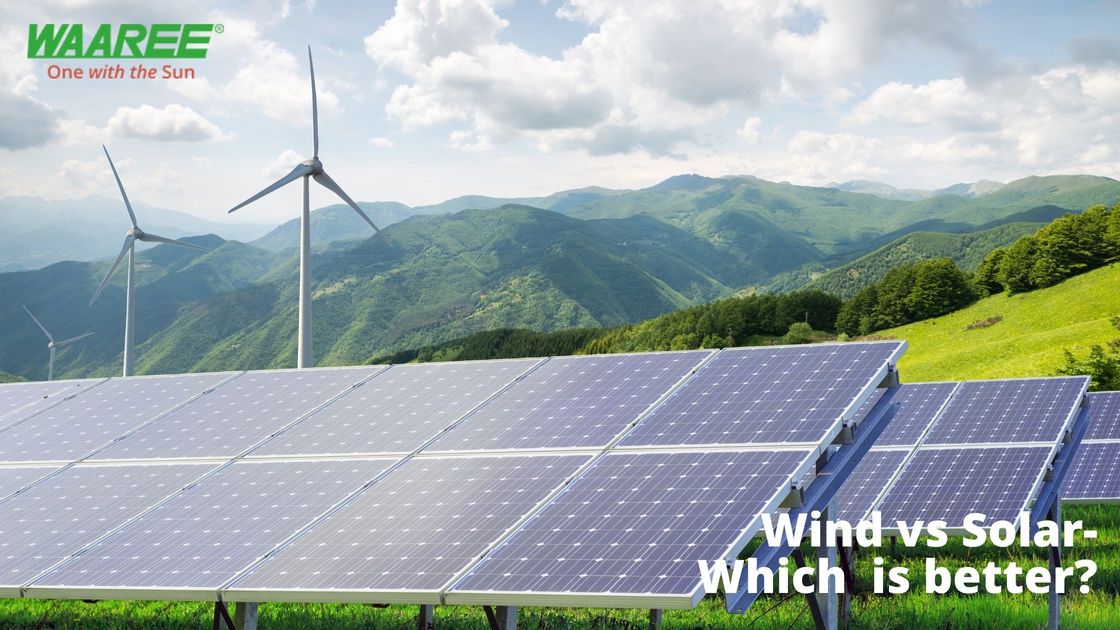
In the ever-evolving landscape of renewable energy, the race to find the most efficient and sustainable source is relentless. While solar panels have long been celebrated as the poster child of green energy, a new contender is making waves in the energy sector: windmills. Recent advancements suggest that windmills might soon overshadow solar panels in terms of power efficiency. But how did we get here, and what does this mean for the future of renewable energy?
Windmills, contrary to popular belief, aren’t a modern invention. Their origins can be traced back over a thousand years to ancient civilizations that harnessed the power of the wind to grind grain and pump water. The basic principle of converting wind energy into mechanical energy has remained consistent, but the technology and efficiency have evolved dramatically.
In the 20th century, with the onset of the industrial revolution and the increasing demand for electricity, wind turbines (modern windmills) began to emerge. These turbines, much larger and more sophisticated than their predecessors, were designed to generate electricity.
Solar Panels: The Reigning Champion
Solar energy, on the other hand, has been the darling of the renewable energy world for the past few decades. The ability to harness the sun’s rays and convert them into electricity seemed almost magical. Solar panels, made up of photovoltaic cells, absorb sunlight and convert it into electricity. Their popularity soared due to their decreasing costs, increasing efficiency, and the global push towards sustainable energy sources.
The Turning Tide: Windmills vs. Solar Panels
While solar panels have been leading the renewable energy race, windmills are catching up fast. Here’s why:
- Consistency of Wind: Unlike sunlight, which is intermittent and varies based on the time of day and weather conditions, wind is more consistent. Even during the night or on cloudy days, wind turbines can continue to generate power.
- Technological Advancements: Modern wind turbines are marvels of engineering. They are designed to capture even the slightest breeze and convert it into electricity. With innovations in blade design and materials, the efficiency of wind turbines has skyrocketed.
- Land Use Efficiency: While solar farms require vast tracts of land or large rooftops to be effective, wind farms can be integrated into agricultural lands. This means that the land beneath the turbines can still be used for farming or grazing, leading to a dual-purpose use of the land.
- Cost Efficiency: The initial investment for wind turbines has been decreasing, making them more accessible. Moreover, the maintenance costs for wind turbines are relatively lower than solar panels, which can degrade over time and require cleaning.
- Environmental Impact: Both solar panels and wind turbines have minimal carbon footprints compared to fossil fuels. However, wind turbines edge out slightly due to their longer lifespan and the absence of chemicals used in solar panel production.
Challenges Ahead for Wind Energy
While wind energy holds immense promise, it’s not without challenges. The primary concerns include:
- Noise and Aesthetic Concerns: Some communities express concerns about the noise produced by wind turbines and their impact on landscapes.
- Impact on Wildlife: Birds and bats can sometimes collide with turbine blades, leading to concerns about their impact on local ecosystems.
- Intermittency: While wind is more consistent than sunlight, it’s not constant. This means that energy storage solutions or backup systems are essential.
The Road Ahead: A Blended Future?
The debate between windmills and solar panels isn’t about choosing one over the other. Instead, it’s about understanding the strengths and weaknesses of each and leveraging them for maximum efficiency. A blended approach, where both solar and wind energy are harnessed, might be the key to a sustainable future.
Regions with abundant sunlight can focus on solar energy, while those with consistent wind patterns can tap into wind energy. By diversifying our energy sources, we can ensure a more resilient and sustainable energy grid.
